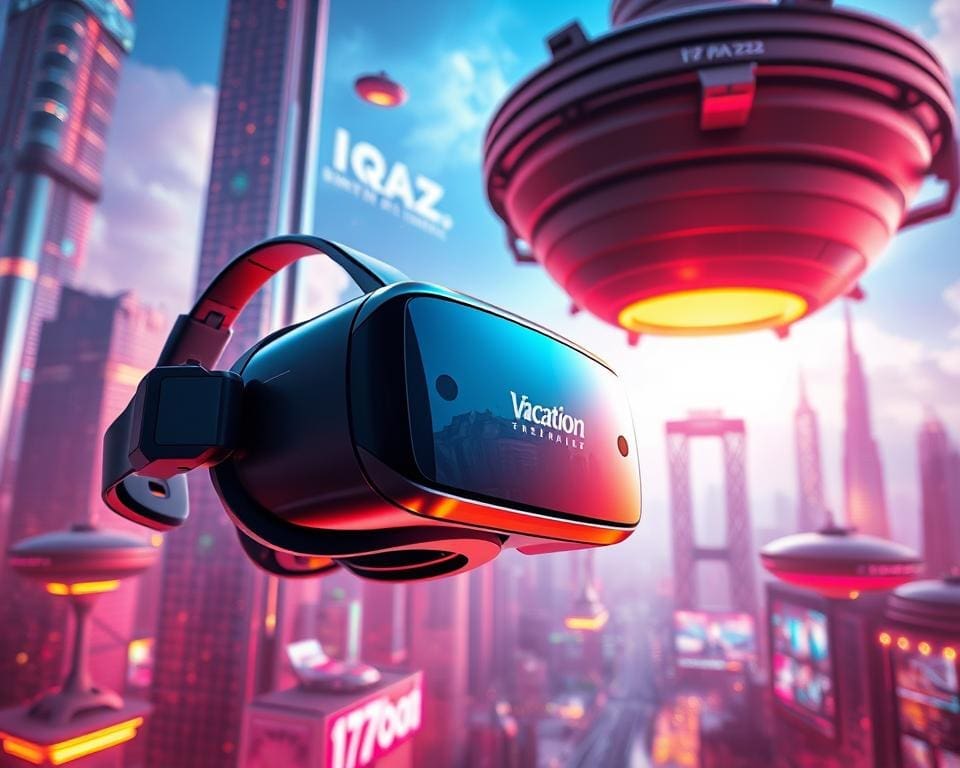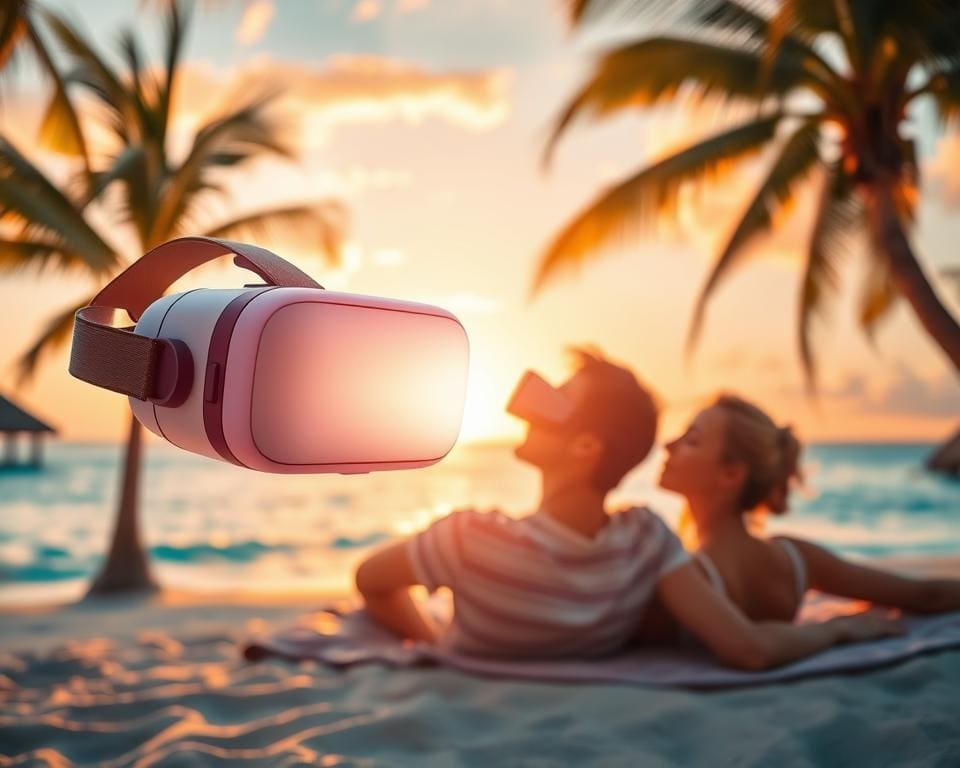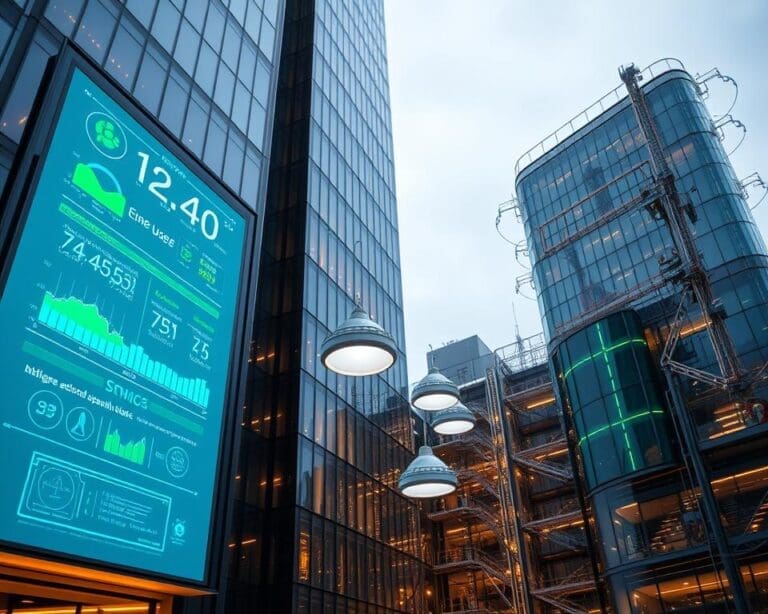As travel continues to evolve, a pressing question emerges: will VR soon replace dream vacations? With the world embracing Virtual Reality vacations, the potential for these immersive experiences to transform the tourism landscape is significant. As we venture into the exciting future of travel technology, it’s essential to explore how advancements in VR might not only complement traditional holidays but also offer thrilling alternatives amidst changing consumer behaviours. In an era where travel restrictions have reshaped perspectives, could virtual getaways redefine our concept of exploration and leisure?
The Rise of Virtual Reality Vacations
As technology advances, the way we perceive and engage with travel evolves. Understanding Virtual Reality technology unveils a new era in travel experiences, allowing individuals to immerse themselves in incredible environments without leaving their homes. Brands like Oculus and HTC Vive provide headsets that are integral in transforming visuals and audio to craft captivating VR travel experiences. By simulating real-world locations, these tools open doors to unique virtual adventures.
Understanding Virtual Reality Technology
At its core, virtual reality creates an immersive experience through advanced visual and auditory stimuli. With the help of VR headsets, users are transported into painstakingly designed digital realms, making them feel as if they are truly present in those locations. This form of engagement marks a shift from traditional travel imagery that often fails to evoke a genuine sense of wonder.
The Evolution of Travel Experiences
The evolution of travel experiences has seen a significant transition from static images to interactive virtual tours. Consumers today seek dynamic and engaging ways to explore destinations, pushing the boundaries of what travel means. Data highlights an increasing reliance on technology for planning and enjoying trips, with Virtual Reality vacations emerging as a natural extension in this progression. The possibilities of experiencing travel in this innovative manner redefine how we connect with the world.

Immersive VR Travel Experiences
With the rapid advancement in technology, immersive VR travel experiences are transforming the way we explore destinations. These experiences go beyond mere visual representation, engaging the senses in deeply enriching ways. Companies such as The VOID and Oculus lead the charge in creating multi-sensory environments that allow users to appreciate sound, touch, and sight, crafting an engaging narrative that feels almost tangible.
Engaging the Senses: Sight, Sound, and More
Engaging the senses is a crucial aspect of immersive VR travel experiences. The combination of stunning visuals and advanced sound design transports users to far-off locales, making them feel as though they are genuinely present at each destination. Tactile feedback further enhances this sensation, allowing individuals to interact with their environment in ways previously thought impossible. Such innovation paves the way for an experience that can rival, or perhaps exceed, traditional travel adventures.
Virtual Tours vs Real Life Adventures
The debate between virtual tours and real-life adventures often hinges on practicality and sensory engagement. Virtual tours can present an easy alternative for those unable to travel, providing glimpses of cultural landmarks from the comfort of home. Yet, nothing quite matches the immersive experience of physically visiting a site. For younger generations, the allure of VR experiences can overshadow real-world travel; older demographics may lean towards the enriching experiences that only real-life adventures can provide.
Will VR soon replace dream vacations?
As the world evolves, consumer perspectives on VR travel are gaining traction. Many individuals find the concept of virtual reality trips intriguing, leading to discussions about their potential to replace traditional holidays. Surveys indicate a mix of excitement and scepticism among travellers. While some see VR as a revolutionary way to explore destinations, others question the immersion and genuine experience that physical travel offers.
Consumer Perspectives on VR Travel
The travel industry is taking notice of shifting attitudes. Data reveals that younger demographics show heightened interest in VR experiences, valuing affordability and convenience. The chance to explore distant locations without the burdens of travel expenses and logistics is appealing. Yet, emotional connection plays a crucial role in travel. Consumers wonder if VR can replicate the thrill of discovering new cultures and building memories.
Comparing Traditional Holidays and VR Experiences
In comparing traditional holidays and VR experiences, several factors emerge. Traditional travel provides sensory engagement, emotional connections, and authentic adventures that are hard to duplicate in a virtual setting. VR experiences present cost-effective alternatives, enabling travellers to avoid long flights and accommodation worries. Some consumers argue that VR lacks the spontaneity and excitement of a real getaway, while others are enthusiastic about the possibilities of vicarious exploration.
The Future of Travel Technology
As we stand on the brink of a technological revolution, the innovations in the VR travel industry promise to reshape how we experience the world. Revolutionary applications are emerging, characterised by dedicated VR-powered booking systems and immersive augmented reality experiences. These advancements enable travellers to explore destinations before committing to any plans, enhancing the overall travel decision-making process.
Travel operators also benefit from advancements in simulation-based training, making them better equipped to provide exceptional service. The emphasis on technology fosters a more engaging atmosphere, allowing for enhanced customer interaction and satisfaction. Emerging tech companies, alongside established firms, advocate for the growth of innovative solutions that go beyond traditional offerings in tourism.
Predictions for VR’s evolution in tourism suggest a future where artificial intelligence plays a pivotal role in personalising experiences. Analysts envisage a landscape where interactions are tailored to individual preferences, leading to unforgettable adventures on demand. With such potential for transformation, the future of travel technology unveils possibilities that were once mere fantasies, paving the way for a redefined tourism experience.
Impact of VR on the Tourism Industry
The integration of virtual reality in the tourism industry is reshaping the way consumers approach travel planning and experiences. As technology advances, potential travellers increasingly exhibit new changes in consumer behaviour that reflect a growing preference for immersive, virtual encounters over traditional methods. Insights from data analytics reveal a pivotal shift in how individuals are booking holidays, with many seeking out VR tourism options as a way to preview destinations without the financial commitment of booking a trip.
Changes in Consumer Behaviour
Emerging trends show that consumers are now prioritising tech-enhanced experiences. Factors such as convenience, affordability, and accessibility are driving this transformation. Many are no longer satisfied with the conventional travel marketing techniques. They crave vivid, interactive representations of destinations, leading to increased interest in virtual reality options. Individuals are seeking ways to engage with travel in a manner that is both informative and entertaining, marking a definitive shift in their expectations.
How Businesses are Adapting to VR Trends
In response to this evolving landscape, organisations within the tourism sector are implementing innovative strategies to incorporate VR into their offerings. Travel companies are exploring new avenues, such as virtual tours and experiences, to attract a modern clientele. Numerous case studies illustrate how established firms are successfully leveraging VR for marketing and engagement purposes. By collaborating with technology developers, traditional providers strive to enhance their relevance in an increasingly digital world.
Virtual Reality Holiday Destinations
As the world becomes increasingly interconnected, the desire to explore far-flung places grows stronger. Virtual reality holiday destinations now offer the chance to journey to breathtaking locales like the Great Barrier Reef or the ancient ruins of Machu Picchu without needing to leave your living room. This captivating form of virtual reality tourism uses cutting-edge technology to transport users to some of the most stunning sites on Earth.
Top VR Destinations to Experience
Several platforms have emerged as leaders in providing immersive VR experiences. Companies such as Oculus Venues allow users to visit famous landmarks and heritage sites, making it easy to travel virtually. Some of the top VR destinations to experience include:
- The Great Barrier Reef: Immerse yourself in vibrant marine life and stunning coral formations.
- Machu Picchu: Walk among the ruins of this ancient Incan city, taking in its breathtaking scenery.
- The Louvre: Discover world-renowned art pieces and historical artifacts without the crowds.
- Yellowstone National Park: Explore the natural beauty and geothermal wonders from the comfort of home.
Exploring Iconic Locations from Home
The allure of exploring iconic locations from home provides a unique opportunity for those unable to travel. Whether due to financial constraints or physical limitations, virtual reality makes travel accessible to all. With just a VR headset, users can embark on adventures that were once reserved for the most intrepid travellers. The experiential value gained through these virtual journeys is both enriching and transformative, allowing individuals to appreciate the beauty and history of various destinations.
Challenges Facing Virtual Reality Tourism
While the allure of virtual reality tourism continues to grow, several hurdles must be overcome for it to gain mainstream acceptance. One significant challenge is the high cost associated with VR equipment. The investment required for quality headsets and additional hardware can deter potential users, particularly those who might not prioritise technology in their lives. This barrier can limit access to virtual experiences, preventing widespread adoption and engagement with what could be an enriching alternative to traditional travel.
Another issue is the technological proficiency required to effectively navigate VR environments. Less tech-savvy individuals may find the user interfaces daunting, causing frustration and disillusionment. To mitigate these challenges facing virtual reality tourism, developers must continue innovating, creating more intuitive designs that welcome everyone into the VR fold. Simplifying the onboarding process will help foster a broader audience, bridging the gap between technology and its eager travellers.
Furthermore, sustainability concerns persist within the tourism industry. While virtual reality offers a unique solution to environmental impact and over-tourism, it must not fall into a realm of superficial experiences. Engaging users meaningfully and promoting genuine cultural appreciation are essential components in overcoming the challenges facing virtual reality tourism. By addressing these aspects, the industry can harness VR’s potential, making it a powerful tool that complements rather than replaces traditional travel.









